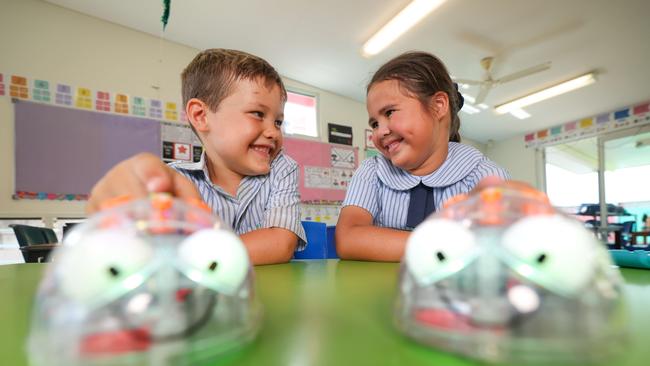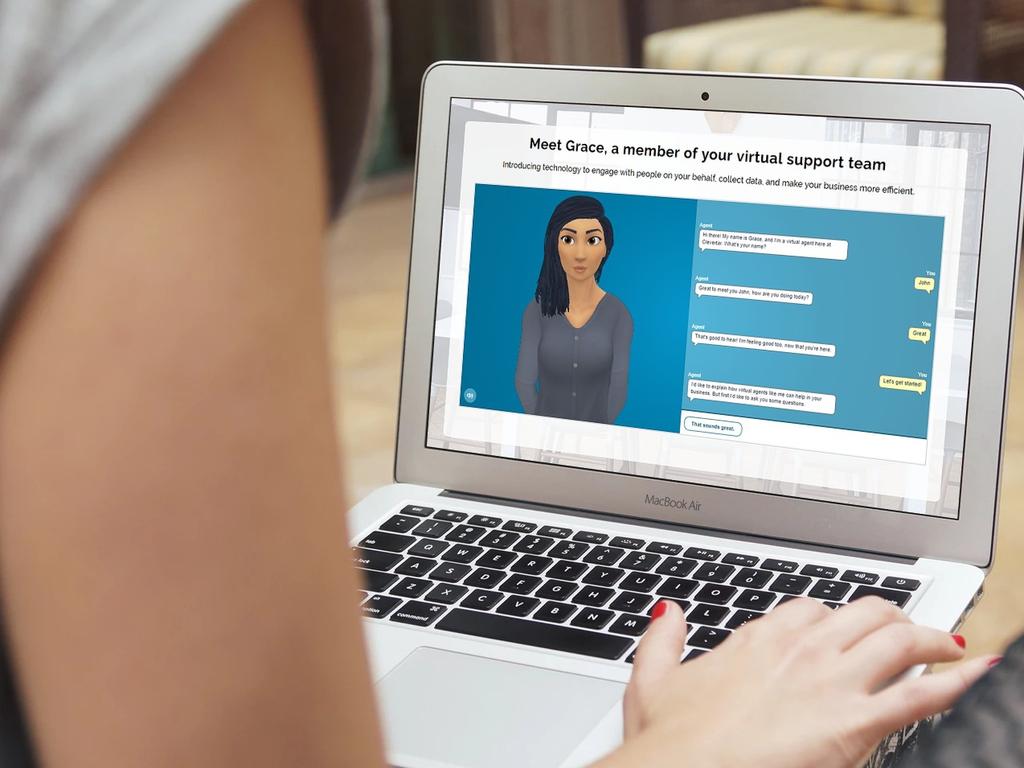Catholic schools build chatbot for ‘ethical AI’
Catholic schools have shunned off-the-shelf AI products to build their own chatbot that is ‘grounded in Catholic teaching, tradition and theology’.

A world-first Catholic school chatbot is filtering lessons through a religious lens while saving teachers nearly two hours a day in preparing lesson plans, marking assignments and even writing report cards.
Brisbane Catholic Education claims to be the first kindergarten to year 12 education system in the world to have signed up to the Vatican’s Rome Call on AI Ethics, endorsed last year by the Pope.
It has launched its own custom-built Catholic chatbot across 146 schools, in the first sector-wide use of generative artificial intelligence outside the government schooling systems in NSW and South Australia.
BCE information and technology executive Leigh Williams said the Microsoft-designed Catholic CoPilot chatbot was set to be rolled out across Catholic schools nationally.
She said the chatbot was “grounded in our Catholic teaching and tradition and theology.’’
“It will only generate an answer based on the things that you pointed it to, so we pointed it to our own curriculum, our own Catholic theology and Catholic teaching principles, as well as some different Catholic websites, our intranet and a few other things like that,’’ she said.
“That way, when someone’s asking the question, it will only draw on that information to come up with its answer. It isn’t looking for an answer that’s anywhere across the globe on the internet – it gives a much more specific and tailored answer.’’
Asked if the chatbot teaches the Catholic belief in creationism, Ms Williams said it covers “what’s in the Australian curriculum’’, which teaches evolution.
“We want kids to be knowledgeable and successful when they go out in the community, understanding that not everyone across the globe is Catholic … or religious, but having a good understanding and knowledge base of what are all the different perspectives out there on different religions (and ideologies), on different versions of creationism, so that students come from an informed position opposed to just a single-view position when they graduate,’’ she said.
“We embed Catholic tradition across the curriculum. If a class is learning about history … we look at it through a Catholic lens of what does this mean if you were in that time as a Catholic person?
“It could be legal studies, learning about different areas of justice and social justice and what does it mean to be a Catholic in this context.’’
Ms Williams could not give concrete examples of the Catholic lessons but a spokesman for BCE said the chatbot did not filter information to promote Catholic teachings covering contentious issues such as creationism, euthanasia and abortion. He said the chatbot prioritised information gleaned from academic studies when answering questions.
Ms Williams said teachers using the chatbot were saving nearly 10 hours a week in administrative tasks and lesson planning. “It can be used for everything from planning their lessons, writing and curriculum content,’’ she said.
“It might be developing some PowerPoint slides, study planners and study guides for students. It can even help you draft emails, generate newsletter items, and social media posts.’’
Ms Williams said the Catholic CoPilot could be used to develop marking rubrics for assignments, and to give students feedback.
“Nothing goes back to the student without the teacher actually reviewing it first,’’ she said.
Ms Williams said the chatbot might also be used to write end-of-year report cards. “It can ingest so much information and then give it back to you in a summarised and very palatable form,’’ she said. “An example of writing a report card, it could ingest for a particular student every piece of assignment work they’ve done, any assessment, any written feedback they’ve received through the course of the semester.
“If you tell it to give me a summary of how the student has performed, in less than a paragraph, it will be able to do that.
“Copilot is unbiased in the sense of it’s only looking at that student’s data … so it’s actually based on real evidence.’’







To join the conversation, please log in. Don't have an account? Register
Join the conversation, you are commenting as Logout